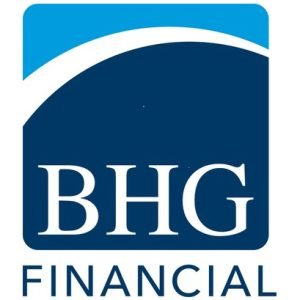In the world of financial lending, institutions need to have multiple checks and balances in place to protect their assets, their customers, and the future of their organization. Sadly, some individuals try to use our fair nature against us for deceptive gain. Efforts to obtain funding through fraudulent means can often be recognized during the initial application review or customer interaction. Outlined here are several methods to support your institution in recognizing fraudulent activities.
Due Diligence in Fraud Prevention
According to the Federal Trade Commission, nearly $8.8 billion was lost to fraud in 2022, representing an increase of over 30% from 2021.1 More than ever, due diligence must be conducted to confirm that applicants who come to you for financing are forthright in their intentions. Below are several fraud indicators your credit team should look for in applications that may reveal a bad actor’s true intentions:
- Inconsistent information: If the applicant provides loan information that does not align with or contradicts other documentation, it could be a sign of fraud. Advise your team to pay particular attention to discrepancies in income details, address history and employment history.
- Prevention tips: While typos or small mistakes can happen, these errors can be quickly fixed in a conversation with your applicant. If the applicant is evasive when responding to these inconsistencies or disappears from the process, your suspicions of fraudulent activities were most likely correct.
- Unverifiable information: Applicants who provide information that cannot be easily verified may be attempting to deceive a lender. Examples of unverifiable information include non-existent references, fake employment details and degrees earned from defunct institutions.
- Prevention tips: You can ask for new references and confirm employment and degrees via your own independent searches. You can also confirm whether the employer still exists and is still active by visiting a business entity search website where the company is located. Educational degrees can be verified via the National Student Clearinghouse or Department of Education websites within the institution’s state.
- Abnormal behavior: Applicants who display overly aggressive, evasive or unwilling behavior when asked to provide additional information may likely be trying to hide something.
- Prevention tips: Knowing the difference between someone having a bad day versus someone attempting to deceive us is not easy to judge. Here are some helpful tips to consider. During in-person engagements, watch closely for individuals who avoid eye contact or turn their bodies away during one-on-one conversations. In emails or on the phone, fraudulent cues can be more difficult to detect, but if someone suddenly gets defensive when asked a question or becomes noticeably quiet, there may be a hidden reason behind it.
- Unusually high income: While a high income does not indicate fraud, it is well worth looking into further if an applicant’s income seems excessively high relative to their stated profession or if there is a sudden, large shift relative to the income they earned compared to the previous year.
- Prevention tips: Third-party vendors, such as Inscribe, can be instrumental in finding inconsistencies in an applicant’s income. These third-party automated systems can provide insight into which documents may or may not be fraudulent, such as pay stubs, W-2s and bank statements.
- Rushed application process: Often, fraudsters will want to rush the application process to minimize the chances of being caught. Be extra cautious if an applicant pressures you or your team for quick approval.
- Prevention tips: Slow it down. Take your time and review the application carefully. The applicant could innocently want to expedite the process to get the desired result sooner. Regardless, never allow their need for speed to accelerate the process to the point of negligence.
- Use of stolen identity: Stolen or fabricated identity documents may be used by bad actors applying for loans. Be vigilant about verifying the authenticity of the provided documents.
- Prevention tips: Leverage third-party vendors to help identify stolen or faked identities. Companies such as Vouched can review identification and provide accurate, real-time insights into the authenticity of the documents. Alternatively, your team should be looking for any missing holograms, cheap lamination or identification that does not have images under ultraviolet light.2
Closing Thoughts
As financial institutions navigate the lending landscape, it is important to adopt a stance of informed prudence. The battle against fraud and deceit requires unwavering commitment, steadfast due diligence and a keen awareness of the red flags that hint at ulterior motives. By employing a multifaceted approach that blends human discernment with cutting-edge technology, institutions can safeguard their assets, their reputation and the trust placed in them by their customers.









